College of Science, Engineering & Technology
Science fiction? No, science fact!

Prof Lukas Snyman (NanoWS) has had an article accepted in a prestigious journal in the USA, the IEEE Journal of Quantum Electronics.
Lukas Snyman, Research and Innovation Professor in Unisa’s Nanotechnology and Water Sustainability (NanoWS) research unit and Vice-Chair of the Technology Transfer and Incubation Committee at the College of Science, Engineering and Technology (CSET), has had an article accepted in a prestigious journal in the USA, the IEEE Journal of Quantum Electronics. This publication focuses on manuscripts reporting novel experimental or theoretical results in the broad field of the science and technology of quantum electronics.
Micron and nano-dimensioned silicon LEDs emitting at 650 and 750-850 nm wavelengths in standard Si integrated circuitry will appear in Volume 56, Issue 4, August 2020, in hard copy, but is already featured on the journal website.
Snyman says that he is very proud of the article, "one of my best ever, both in style and in terms of results".
It is indeed an achievement to publish in this journal, which exposes researchers and students to other top-ranking researchers and research groups in the field. A typical outcome would be invitations to leading worldwide conferences in the field. "All these aspects can expose Unisa and Unisa students internationally, and also present as a token of academic excellence and prestige," enthuses the proud author.
Detective chips will "sniff out anything"
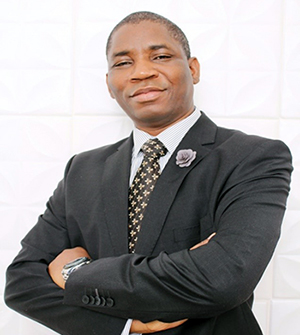
Timothy Okhai (Unisa PhD student), who specialises in Clinical Engineering, is supervised by Prof Lukas Snyman.
Asked for a brief synopsis of the research, Snyman says that it is about the design and realisation of a new light-emitting device at micro- and nanometre dimensions in standard integrated circuitry, of the same kind that is used for the electronic processing of data on a computer chip.
Since it is predicted that future computer chips will work on "fibre-on-chip" technology that will enable data processing at the "speed of light" and at tetra Hz (1 000 GHz) data transfer rates, the technology he describes in the article has a good chance to be deployed here.
"The other field of application is in 'micro and nano-sensors' that can be realised directly on a chip," says Snyman. "Light waves interact with species that are adsorbed on the surface of the chip, and light changes are then detected electronically." He points out that such sensors will be much smaller, much more reliable and much more sensitive than any other sensor on the market today. "Such future chips will be able to 'sniff out anything', and they can be used to detect a variety of gases, liquids and bio species from air pollution, contaminants in water and even pathogenic species."
Since some of these technologies use receptor layers as intermediates, if implanted inside the body, Snyman predicts they will be able to monitor vital parameters such as temperature, blood sugar levels or any other bio-balances and warn you on your cellphone if anything goes out of balance. They can, therefore, be used as a major monitoring agent of health conditions, warn you in advance of any problems, and recommend various corrective and preventative procedures.
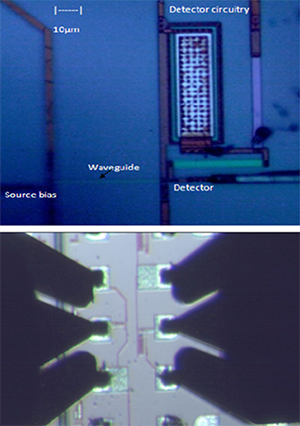
Figure compilation: Recently realised micro-sensors on microchip at DEME and NanoWS, CSET, in association with ESIEE Paris (École Supérieure d'Ingénieurs en Électrotechnique et Électronique). The device consists of a small unique light source fabricated on chip. The light is then guided through a ‘microwave guide’ on the chip. It then interacts with an environmental or bio species as adsorbed on the chip using special technology. A range of sensors detect the reflected light from the absorbed species, and a microprocessor then interprets the information and broadcasts and displays information on a smartphone. The whole device is fabricated on the chip at about 100 micron square area.
Unisa and Snyman were recently granted local patents on this technology in South Africa. Some further patents have lately been filed by the university internationally and are still awaiting evaluation by international authorities before the patents may be granted in those countries.
In-house and international collaboration
Snyman is currently supervising one master’s and one PhD on this technology at NanoWS and the Department of Electrical and Mining Engineering (DEME) in CSET. The doctoral student, Timothy Okhai, specialises in Clinical Engineering and his knowledge about the medical and bio fields very much complements Snyman’s expertise in photonics and electron-optics.
They work closely with the Nanotechnology group of NanoWS under the leadership of Prof Alex Kuvarega and Dr Usisipho Feleni. The group has collaborations with researchers in Europe and China on this technology. They were recently granted a DST-NIPMO innovation grant, as well as a multimillion DST-NRF bilateral grant with a group in China to further this research.
* By Sharon Farrell, Editor, Department of Institutional Advancement
Photonic professor heads prolific awards
Publish date: 2020-06-22 00:00:00.0

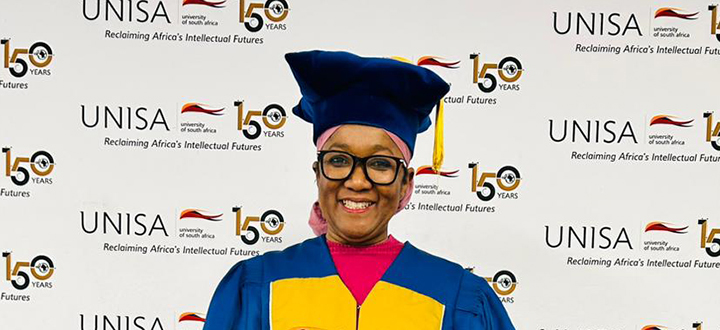 Unisa community engagement initiative targets school underperformance
Unisa community engagement initiative targets school underperformance
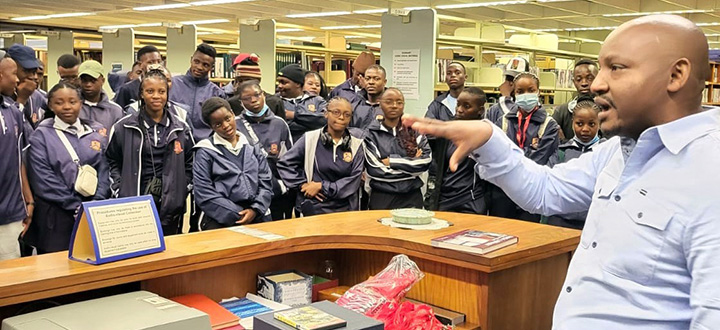 Library tour introduces learners to the wonderful world of Unisa
Library tour introduces learners to the wonderful world of Unisa
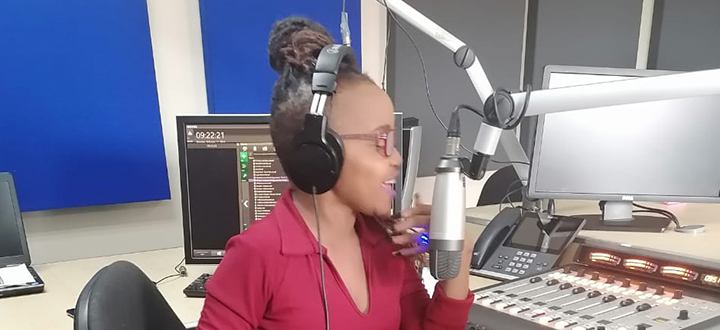 Unisa Radio volunteer wins prestigious community journalism award
Unisa Radio volunteer wins prestigious community journalism award
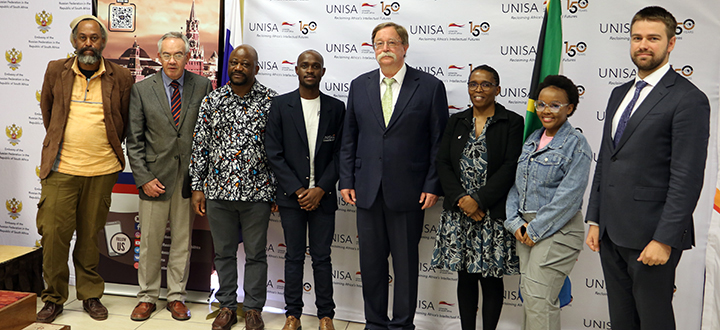 Unisa's student leadership engage with Russian ambassador
Unisa's student leadership engage with Russian ambassador
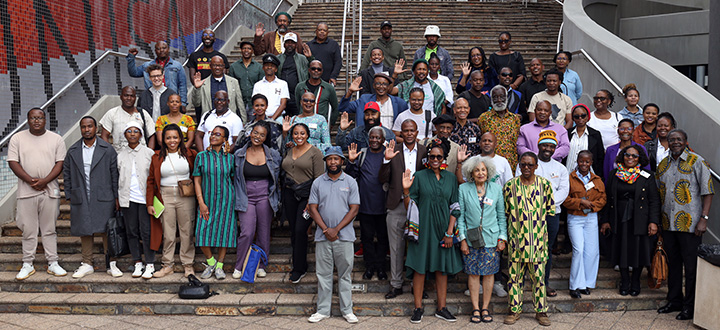 Re-igniting and re-imagining Pan Africanism, Afrocentricity and Afrofuturism in the 21st century
Re-igniting and re-imagining Pan Africanism, Afrocentricity and Afrofuturism in the 21st century